Vāstuvidyā/Vāstuśāstra or Sthāpatyaveda
Vāstuvidyā, also called Vāstuśāstra or Sthāpatyaveda, is also considered by many an Upaveda, and more precisely an Upaveda of Yajurveda.Viśvakarmā and Maya are mentionedas the two first architects of VedicIndia. The science of architecture had already reached a high stage of developmentin Ancient Indiaand there is an abundant literature on thesubject. Mayamata, attributed to Maya, Sanatkumara Vāstu Śastra, attributed to Sanatkumara, Mānasāra, are some of the ancient works in the field of Indian architecture and sculpture. King Bhoja’s Samarāṅgaṇasūtradhāra, Kumara’s Śilparatna are two important works that deal with the building of Devalaya (temples) and Manuṣyālaya (houses). Some other works are Manuṣyālayacandrikā, Vastumandapa, Prasadamandapa, etc., which deal with different branches of Śilpaśāstra (art of decoration, especially painting), an important field of Sthāpatyaveda.
The term Upaveda is used to describe four practical disciplines of ancient India connected to four Vedas. Though this is not explained in the early Vedic literature, alater Vedic text named Caraṇavyūh provides detailed description regarding the Upavedas as a whole and the texts linked to them. In summary, Upavedas are about various aspects of human civilization, essentially health (Ayurveda), security (Dhanurveda), aesthetics (Gandharvaveda) and the well-being of people (Sthāpatyaveda).




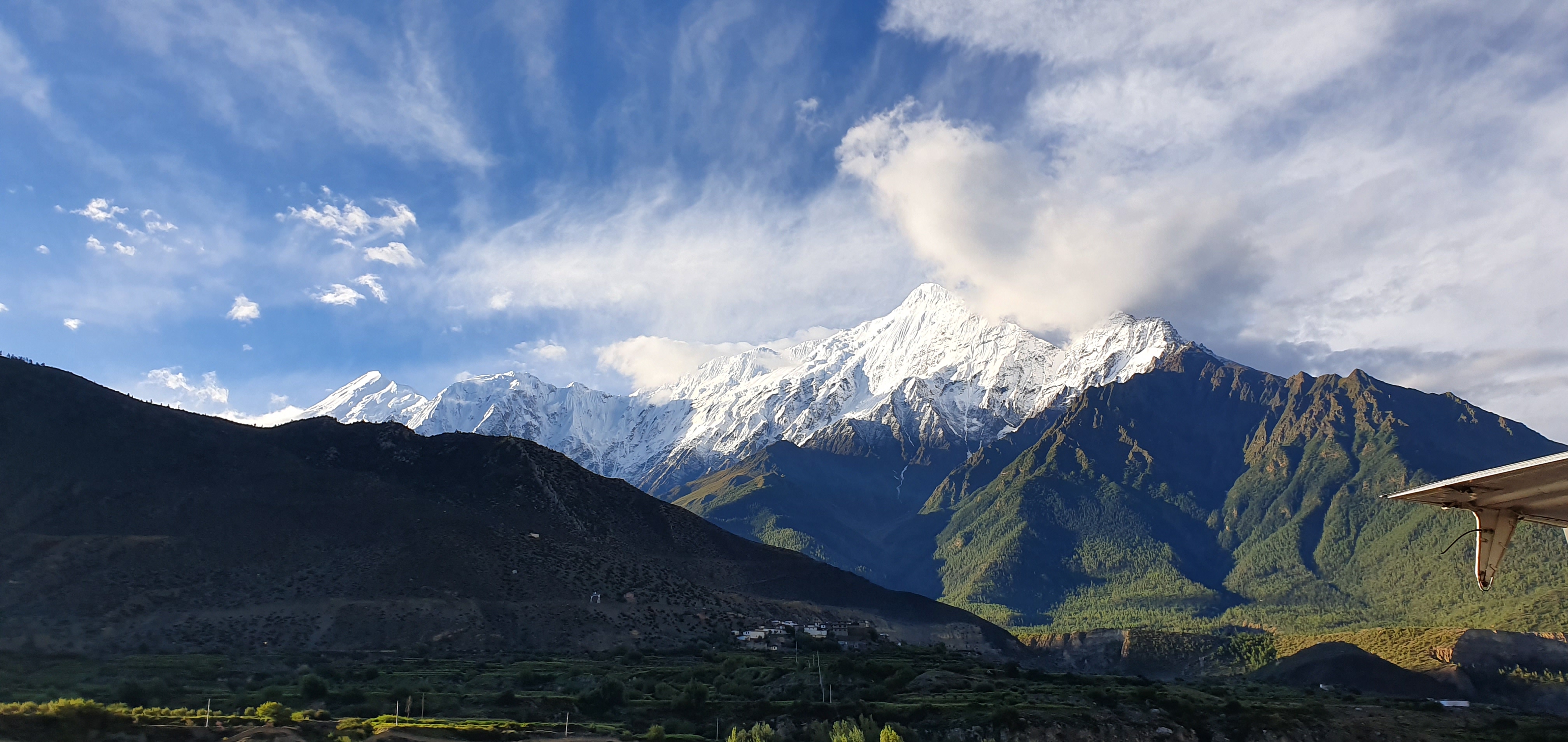
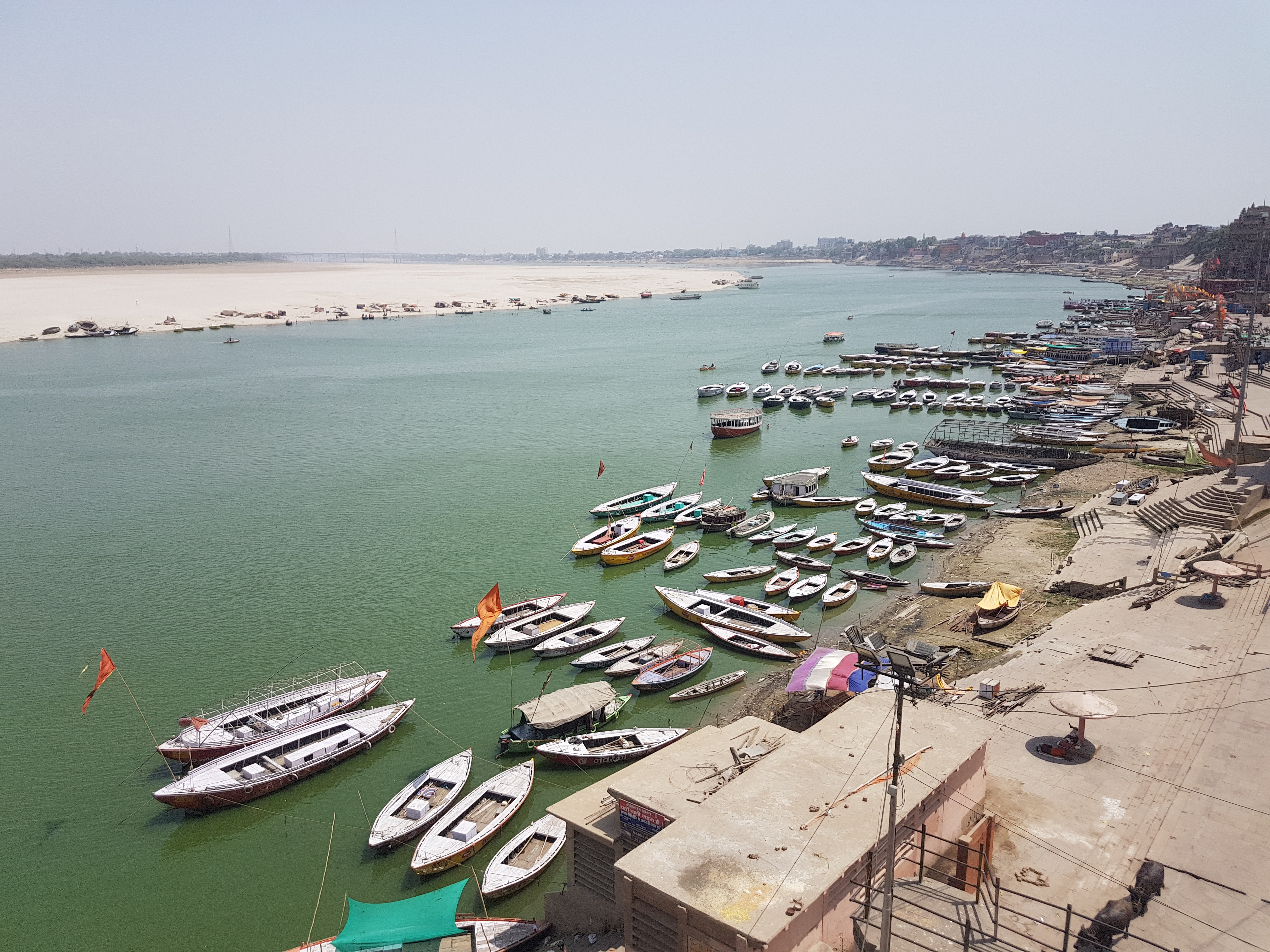
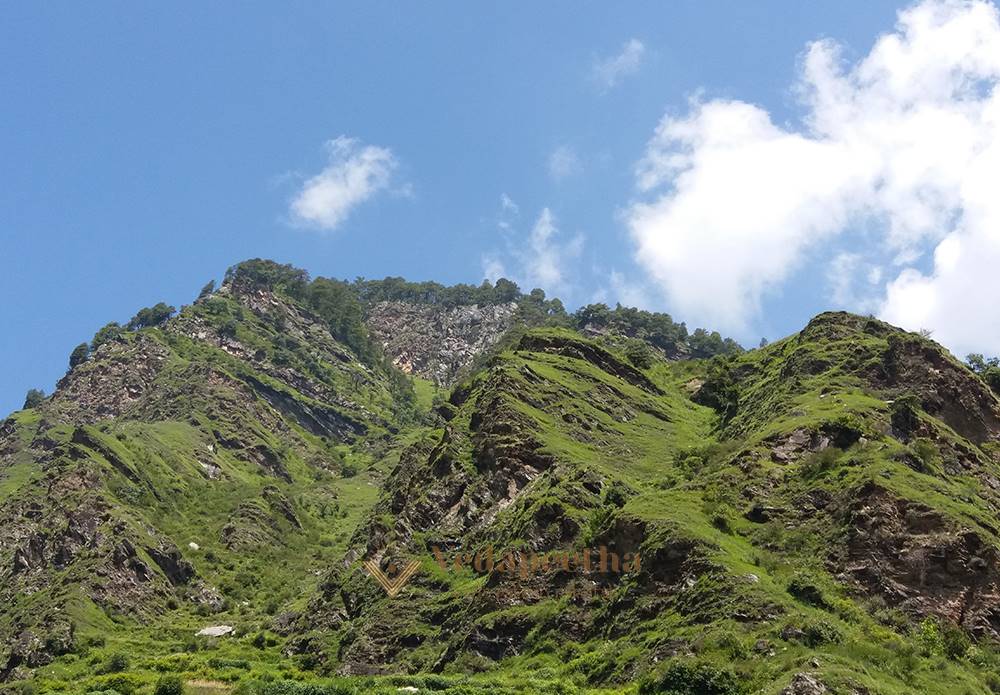
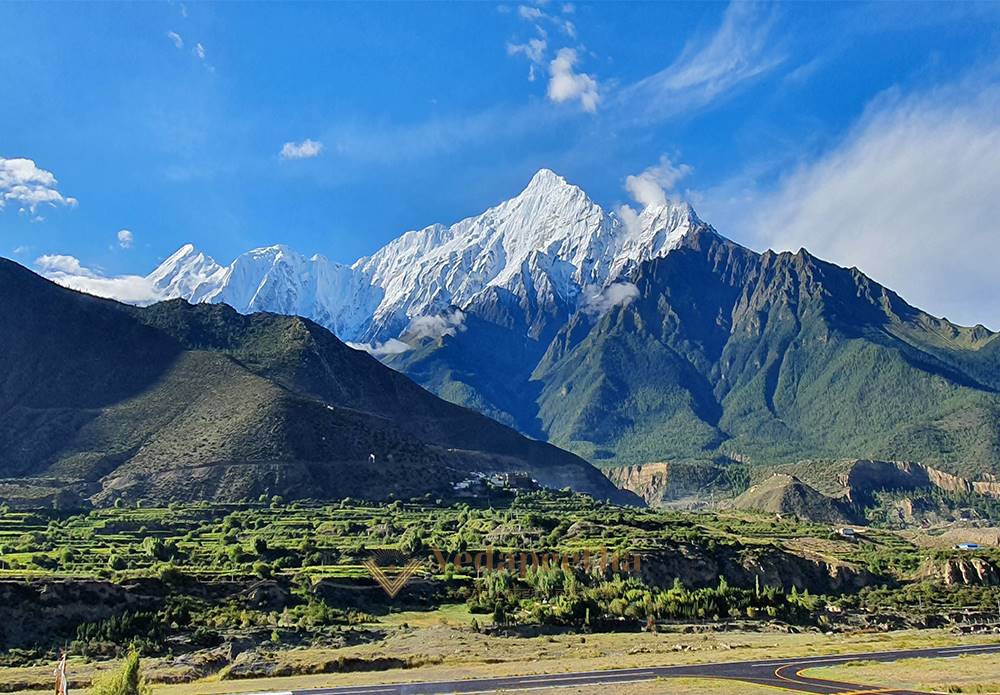
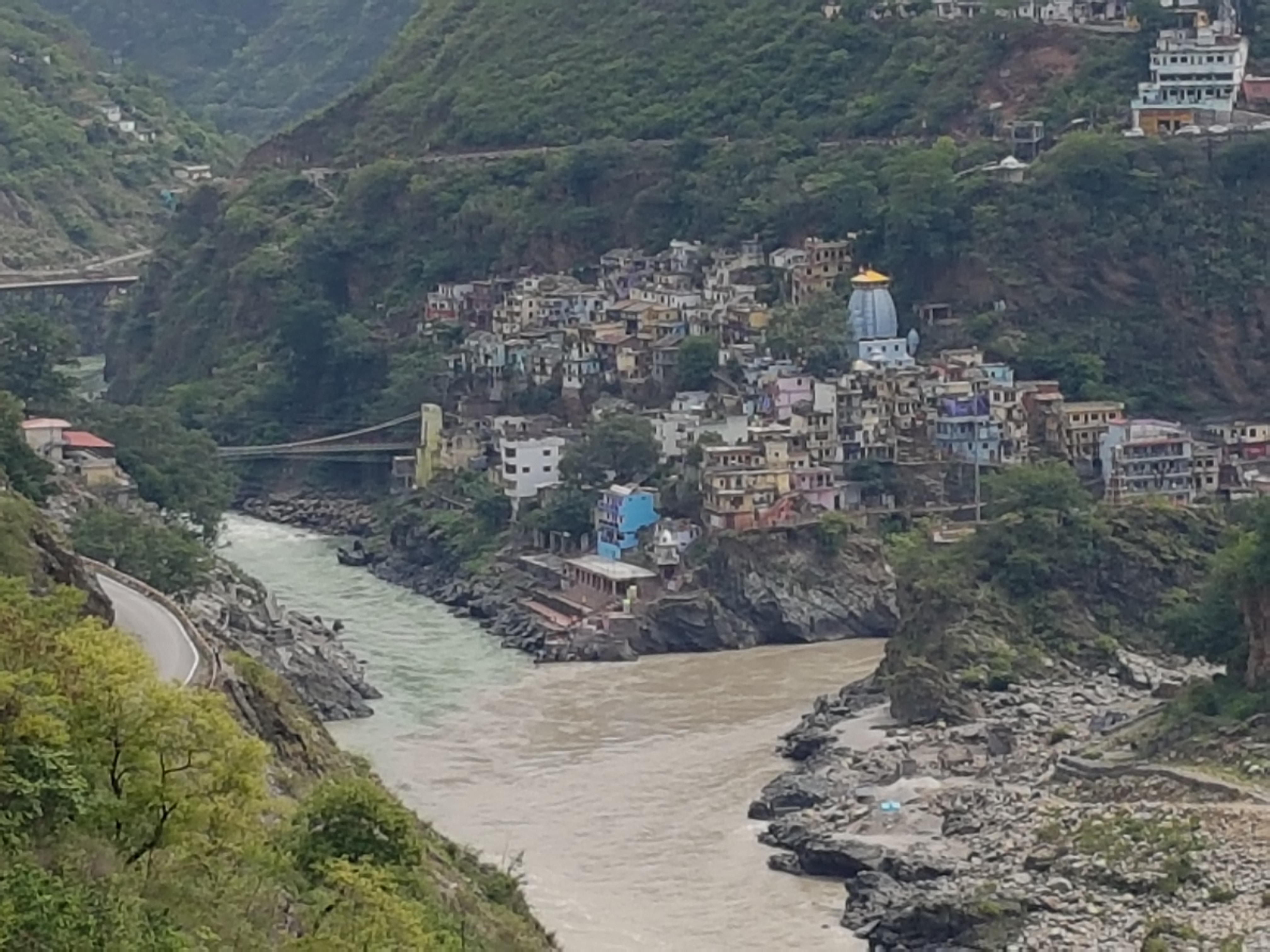
.jpg)
